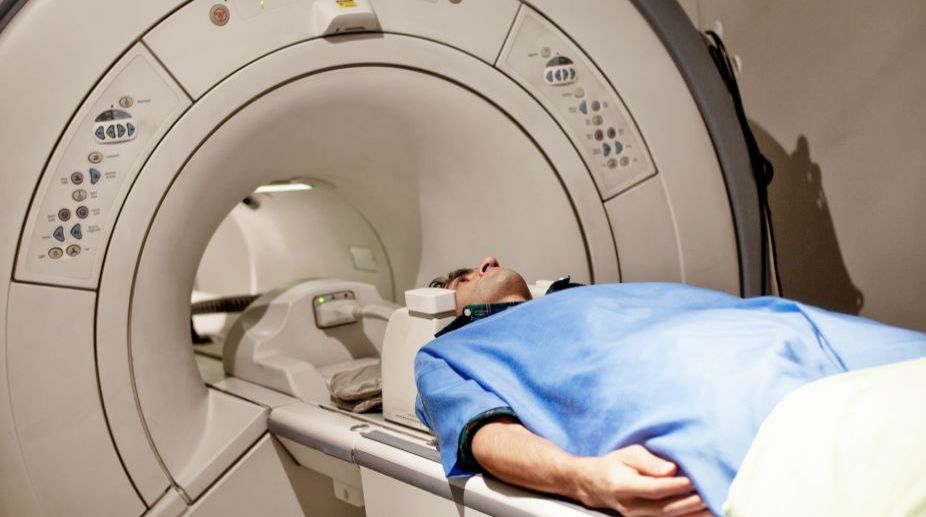Radiographers, also known as radiologic technologists are certified technicians who capture images of organs, bone, and tissue for diagnosis. They are equipped with the technological and interpersonal skills necessary for patient care. Educational and licensure requirements vary, though completion of a certificate or a two-year degree programme is common.
Opportunities for such allied healthcare workers with expertise in diagnostic science have never been better as it can be essential for medical treatments and their demand is on the rise.
With the help of various imaging technologies, they take pictures of a patient’s body for radiologists, who will then interpret the images. They often specialise in a particular examination technique, such as mammography or bone densitometry. They can also assist oncology teams in delivering radiation therapy to cancer patients.
Professionals work in hospitals, clinics, imaging centres, private physician offices or even mobile imaging service centres. While hospitals remain the leading job providers, they also tend to be much busier than outpatient settings. A radiology technician typically works a standard 40-hour week, but some positions require on-call night or weekend work. You could work in a large hospital, a suburban outpatient clinic or a rural physician’s office.
You could specialise in dozens of clinical areas ranging from prenatal care to orthopedics. You could manage an entire radiology department, including its budget and personnel. You could teach, inspiring new generations of radiologic technologists, or you could perform research that leads to breakthroughs in diagnostic imaging or radiation therapy.
With additional education, you could become a radiologist assistant, expanding your capabilities by serving as a radiologist extender. Good communication skills, a focus on detail, and careful attention to procedure are essential to success in this industry. Physical strength is needed to position patients, and at times, to lift them onto examination tables.
The curriculum and related programmes include coursework as well as a series of supervised clinical exercises where students learn how to position patients and perform procedures. A background check, immunisations, and a physical examination may be required prior to entering these programmes.
Applicants can pursue certificate courses, diploma courses, as well as bachelor’s degree. Eligibility is +2 passed, preferably with physics, chemistry and biology/math or equivalent in any stream from a recognised board or university.
In India, the average starting salary ranges between Rs.7,000 to Rs.10,000 per month in government/private hospitals. However, earnings are more in private practice as compared to salaried jobs. The Bureau of Labour Statistics predicts employment growth of about nine per cent by 2024 for this profession, and 17,200 new positions will need to be filled.
Opportunities are also there in Gulf countries and Middle East countries. In these countries radiographers get salaries between Rs.30, 000 to Rs.50, 000 per month.
In UK, the average starting salary of a newly qualified radiographer is around £17,000 per year. the writer is principal, delhi paramedical and management institute











